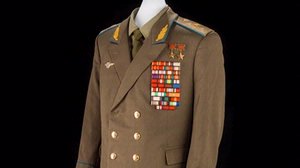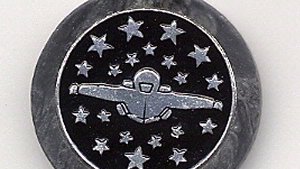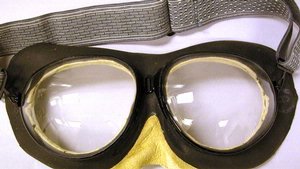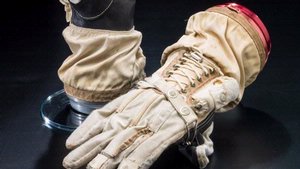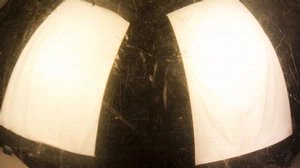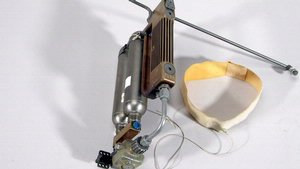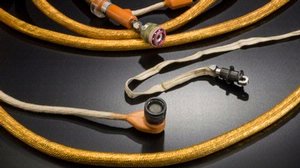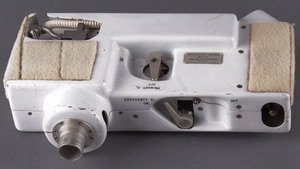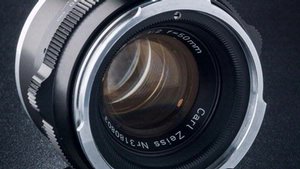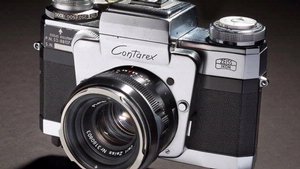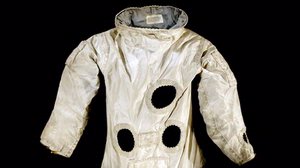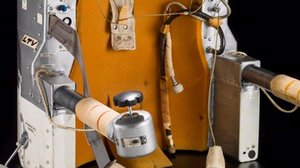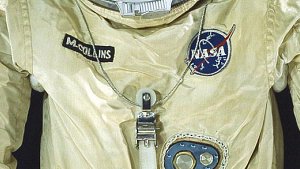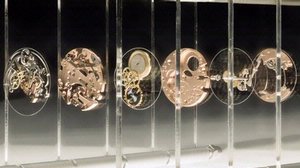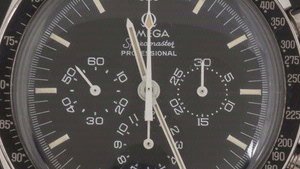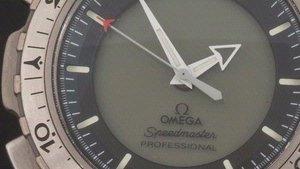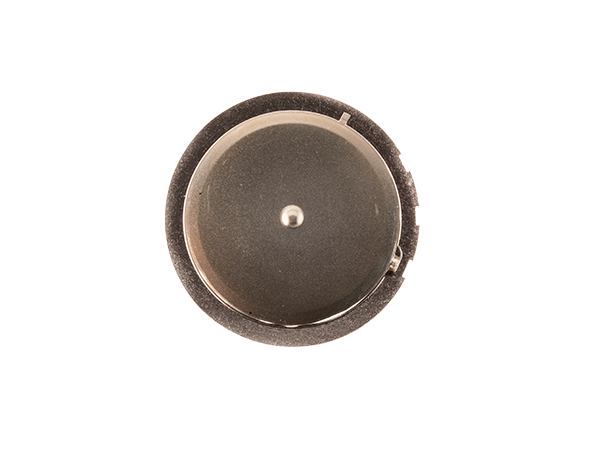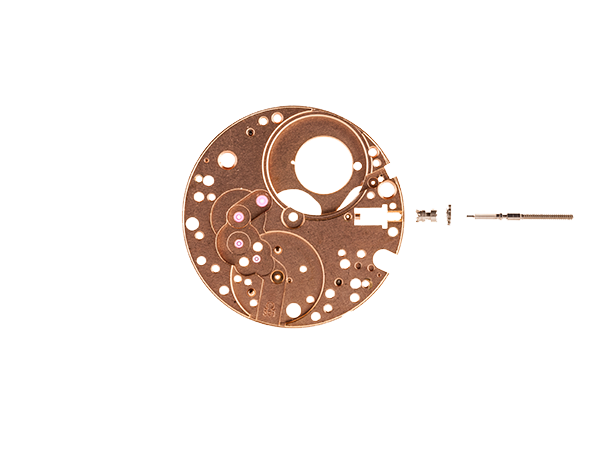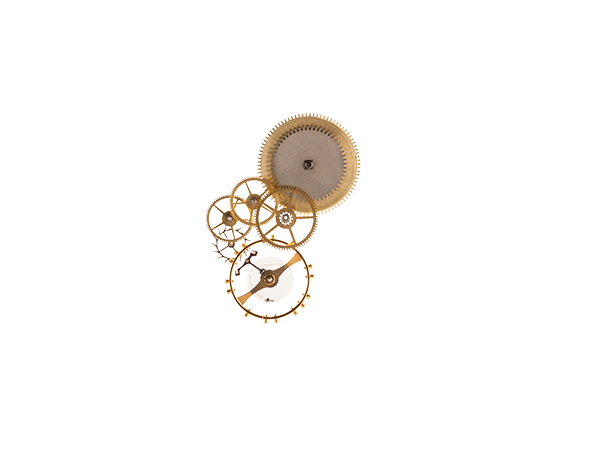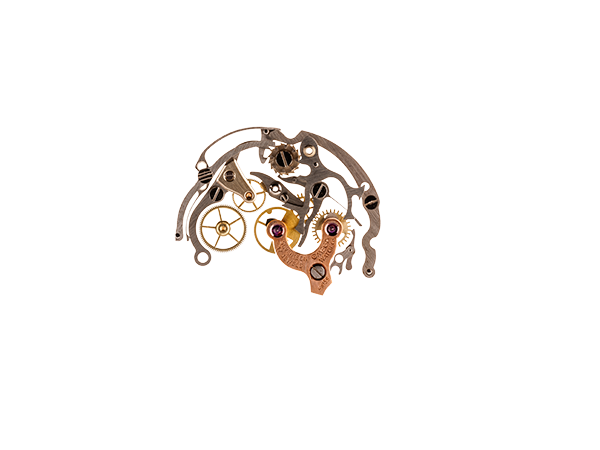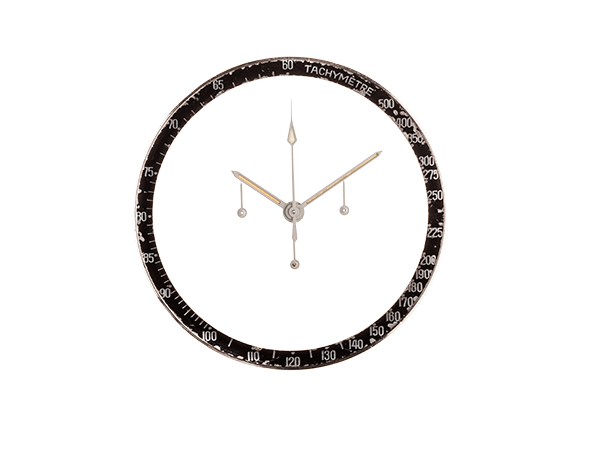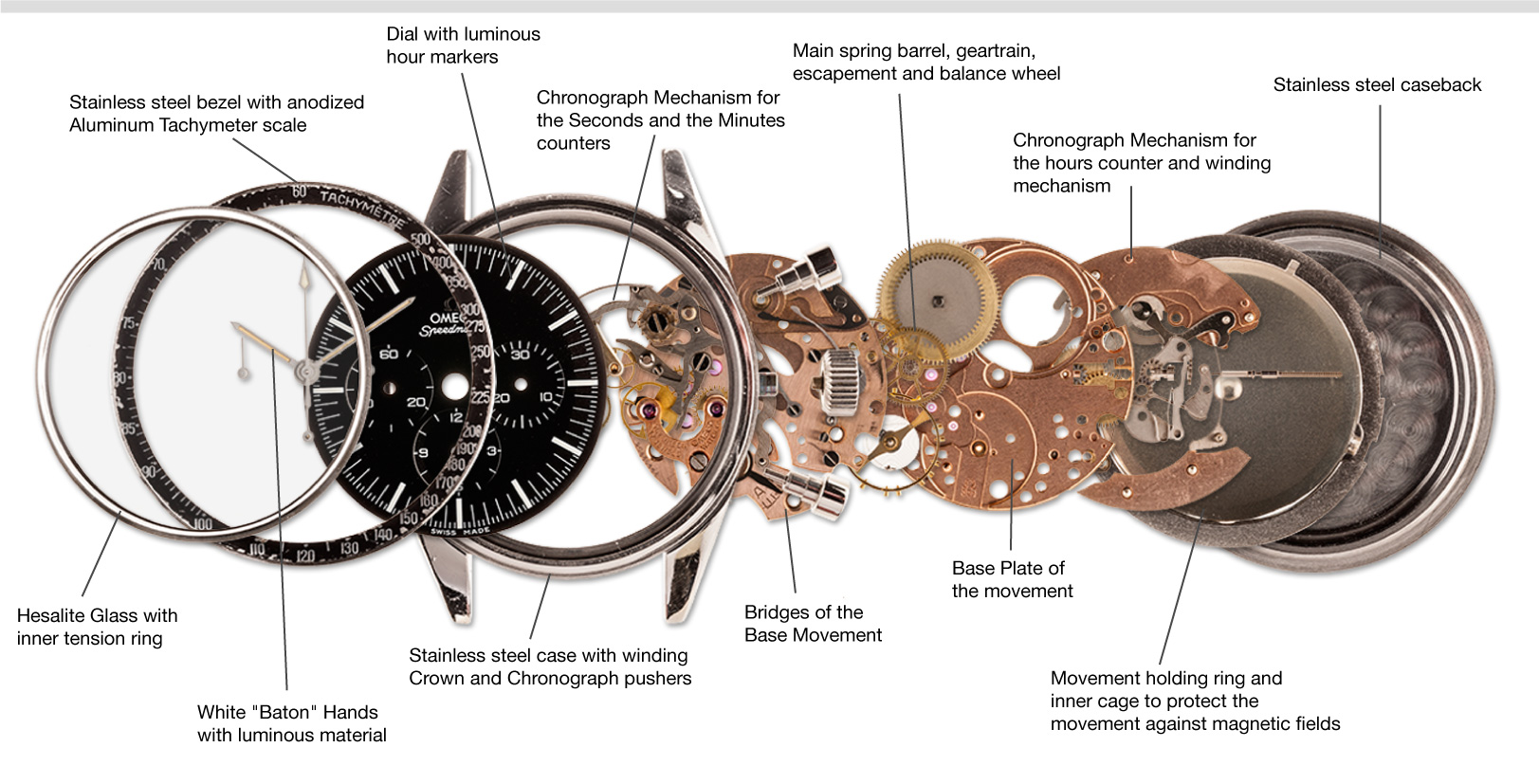The First Spacewalk | Aleksei Leonov
Cosmonaut Aleksei Leonov became famous on March 18, 1965, when he opened the airlock hatch of his Voskhod 2 spacecraft while in Earth orbit. He remained outside for just over 12 minutes—the world's first walk in space.
As Leonov left the spacecraft, his spacesuit ballooned in the vacuum of space. He had to vent some air from the suit to fit back through the airlock, a risky procedure. As soon as this and other problems arose, television and radio broadcasts of the event ended, which left most on Earth in the dark about Leonov's situation. The world would not learn until much later about the malfunctions that nearly killed him and mission commander Pavel Belyayev.
After his 1965 flight, Leonov became an ambassador for spaceflight and traveled throughout the world to tell the story of his historic mission.

